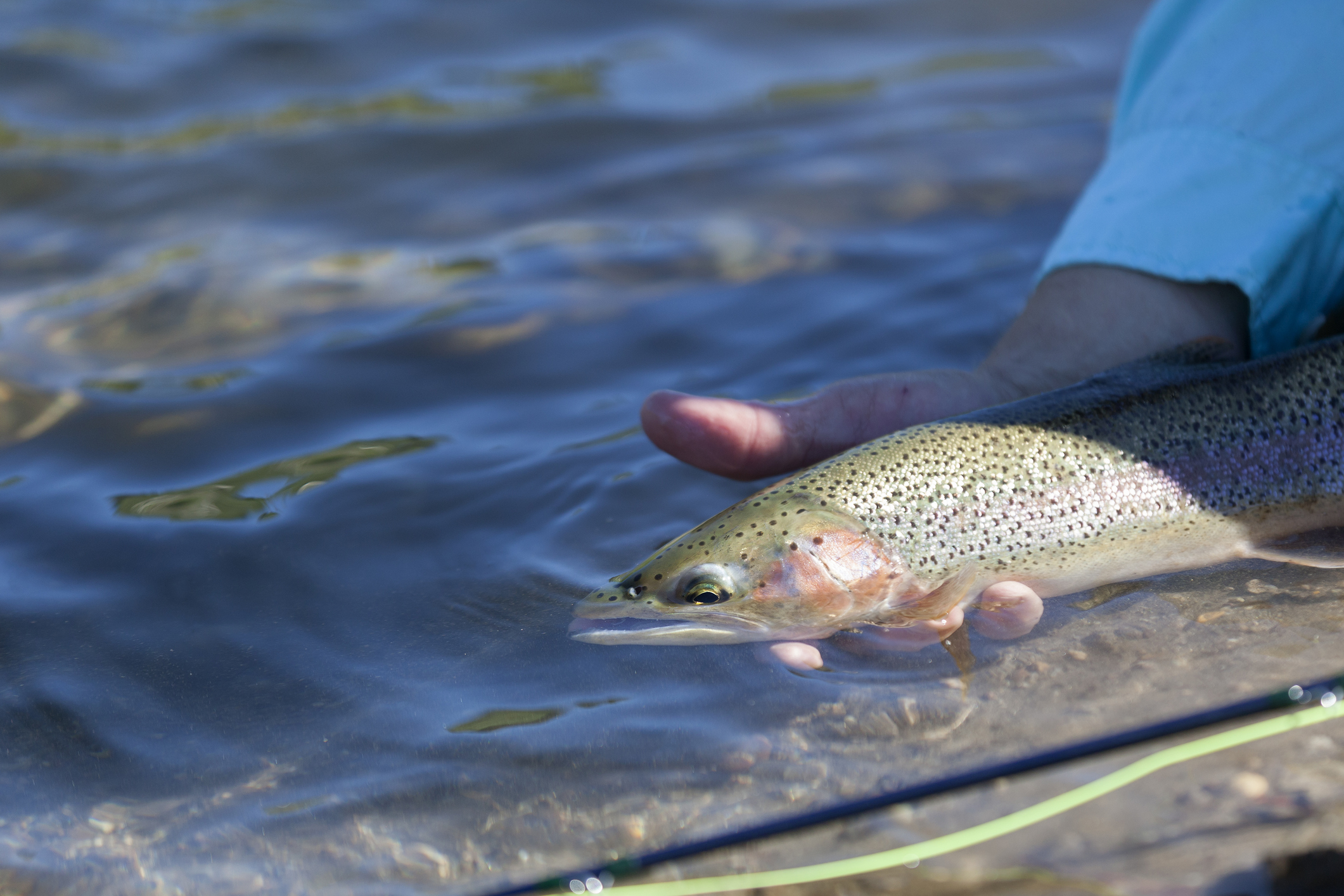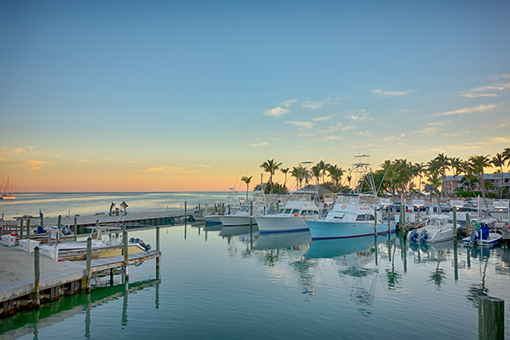News flash: Most fish feed all winter long, and with our winter boating tips and proper layering, you could dive into some amazing winter fishing adventures.
Fishing during this season requires adapting to different practices and gear. The extent of these adjustments varies depending on your location, but regardless of where you are, addressing the following is essential:
- Safety
- Winter Fishing Gear
- Winter Fishing Tactics
Explore All-Purpose Fishing Boat Brands
Fishing Safety in Winter
Safety is a critical factor when it comes to fishing during the winter months.
Dress Warm and Layer Up
Whenever you embark on a winter fishing adventure, preventing hypothermia is crucial. Dress appropriately, stay dry, and always bring a properly-fitted life jacket.
Monitor the Weather Conditions
Choose your fishing days wisely. Harsh conditions can turn dangerous quickly, and assistance may be scarce, as less people are out on the water during the winter months.
So, make sure the weather forecast is clear before you cast off your lines. Check your weather app before embarking, and have a plan in place in the event that the forecast turns.
Create a Float Plan
Creating a float plan is not just a recommended precaution; it's a critical step for ensuring your safety while out on the water. This simple document, detailing your intended route, departure, and return times, may seem like a small effort, but it can be a lifesaver in emergencies. Especially in the winter when fewer boaters are around, having someone aware of your plans can expedite rescue efforts.
What Should Be Included On a Float Plan?
Winter Fishing Gear Essentials
When gearing up for winter fishing, your standard rods and reels will generally suffice, unless you're venturing into ice fishing territory. However, there are considerations for optimizing your setup in colder conditions.
Cold water tends to hold fewer suspended solids compared to warmer temperatures, potentially resulting in increased water clarity during winter months. Consequently, fish that were less discerning in the summer may become more line-shy in winter.
Consider downsizing your gear, opting for lighter tackle like 10-pound test fishing line, which can make a substantial difference. Additionally, incorporating fluorocarbon leaders, known for their reduced visibility underwater, can significantly enhance your chances of success.
A crucial piece of winter gear is high-quality fishing gloves. Regular winter gloves are inadequate for fishing tasks, impeding knot tying, baiting hooks, and reducing sensitivity, leading to missed bites. Specialized winter fishing gloves offer fingerless designs for improved dexterity and sensitivity, often equipped with finger covers or pads for enhanced functionality, all while ensuring waterproof protection.
Beyond gloves, ensure you have the standard cold-weather outdoor essentials:
- Layered clothing for warmth and versatility
- Insulated hat and boots
- A thermos of hot beverage or soup for added comfort during extended outings.
Saltwater Fishing Gear: 10 Essentials for Anglers
Winter Fishing Tactics
Adapting your fishing tactics for winter conditions is essential for success. While strategies may vary depending on your location, several universal principles apply:
- Adjust your retrieves and lure actions to match the slower metabolism of fish in cooler waters. Slower presentations and subtle jigging motions tend to yield better results as temperatures drop.
- Target areas with relatively warmer water, such as sun-warmed shorelines, man-made warm-water discharges, or underwater springs, where fish are likely to congregate.
- In clear, cold water, natural baits often outperform artificial lures. Consider switching to live bait for increased effectiveness.
- Explore areas with remaining weed beds or submerged vegetation, as these can serve as hotspots for winter fishing activity.
- Offer larger baits to entice fish during the winter months when they seek maximum caloric intake with minimal energy expenditure.
How to Fish: Fishing Tips for Beginners
Ready to Embrace Winter Fishing?
Now that you're equipped with essential gear and tactics for winter fishing, it's time to embrace the cold and embark on your own thrilling winter fishing adventure. Whether you're in sunny Florida or braving the chill up north, there's excitement waiting on the water.


